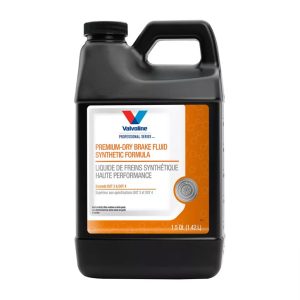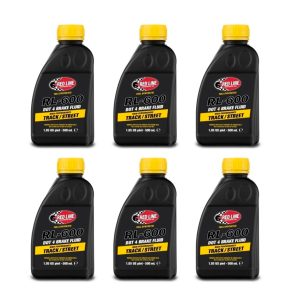This allows ourselves more time to develop a plan. We may see that a car is disabled on the racing surface up ahead and we need to develop a plan as we approach the area.
Visual Experiment
Try this experiment right now. While looking at the screen or monitor you are viewing this from notice what is in your peripheral vision. Now focus on an object several feet way and notice what is in your peripheral vision. Is there not more information there? Finally, look at an object outside a window a few hundred feet away. Make note of the additional information in your peripheral vison. As you can tell, the father out you look the more information you have in your peripheral vision.
Seeing Into the Future
If we were able to see into the future and know about a huge opportunity in the stock market would we not want to act on this information and invest? By looking as far down the track as possible and gathering in as much visual information as we can this is exactly what we are doing. We are seeing into the future allowing ourselves more time to develop a plan. By doing this we can relax more behind the wheel and are more safe for ourselves and the competitors we are on track with.
If you are travelling at 150 mph you are covering 220 feet in a second. If our eyes are glued to what’s immediately in front of us say 100 feet in front of us, that gives us about a half a second to develop a plan and execute it. However, if we are able to look 400 feet down the track, we have now given ourselves 2 seconds to develop a plan and execute it with steering, brake or throttle input. This is almost enough time to make a cappuccino, with a scone on the side and contemplate world peace!
It is true, where you look is where you go. Your visual field is simply where you look. Your gauges, competitors near you in your mirrors and peripheral vision and 500 yards down the track to your next brake zone. Sometimes your visual field may be out the left- or right-side window.
In 2004 I took the Spring Mountain Advanced Driving School. One of the exercises they had us perform was a Serpentine Exercise. A set of cones were set up in a straight line. And the windshield covered with a sunshade. Forcing us to look out the side windows. The exercise started and we would look out the right-side window and once we observed the cone, we turned in right, and continued this turn. Then looking out the left side window we would turn-in left once that cone was observed. We continued this until we were through all the cones. I use this technique as often as possible when on track making full use of my available visual field.
This is a skill I use often. Double apex corners are one type of corner where this skill is useful.
Double apex corners will often loop back around almost 180 degrees and from this example, even though your primary visual focus is on your turn-in point, you can glance across the track out the right-side window across the track and observe your exit. Almost like looking into the next fairway in golf. Here you have extended your visual field by several seconds. Maximize your visual field whenever possible. Now you can relax and anticipate what is coming up.
Real World Example
Let’s put this in action in a real-world example. Shown is turn 3 at Road America approaching the brake point.
Entering Brake Zone, Turn 3 Road America
As you approach the braking area, your primary visual focus is on your chosen brake point, but allow your eyes to sweep all the way through the corner so that you have as much information as possible. Spot your apex, then your exit. Here at turn 3 we can see through the trees through the infield and past the exit. You have vision here. Use it!
At your brake point your primary visual focus has now shifted to the apex.
At Brake Zone, Turn 3 Road America
Your turn-in point is in your peripheral, then shift you eyes back to the apex and your exit point.
Apex, Turn 3 Road America
At the apex your visual focus is on your exit point. Your apex is in your peripheral, then focus shift down the track to your next visual reference.
At the exit your visual reference is now as far down the track to your next visual reference. In this case the right side of the Sargento Bridge under the truck tires.
Exit, Turn 3 Road America
Summary
A far visual field allows us to quite honestly look into the future. The farther in time, or farther down the track we look, the more time we give our ourselves to develop a plan. This helps us slow things down, making us more relaxed inside the helmet and safer for ourselves and others that we are on track with.
A smaller, or shorter visual field forces us to react to situations, rather than anticipate and respond. When your field of vision is short, you react, and you are abrupt with your driver inputs, scrubbing speed. Motorsports is about responding to, or anticipating, what the chassis is doing or going to do. When you react, you’ve lost. When your field of vision is longer you have more data, can anticipate what is coming up and are smooth and balanced with your inputs and provide the chassis what it needs.
When on track at speed you don’t focus on one thing until you’ve passed it, then move to the next. For instance, you don’t stare at your chosen brake point, then once you’ve passed it you move to your turn-in point, then stare at the apex until you’ve passed it before moving to your exit. Your brain has plenty of memory, use it.
When on track your eyes need to constantly be darting around, taking in information and storing it so your brain can use it later. Then shift your visual focus to the braking point, and allow your eyes to follow your desired path through the braking zone. As the brakes are applied, your visual field should shift to the corner, so that you have a clear mental picture of your desired path into and through the corner.















